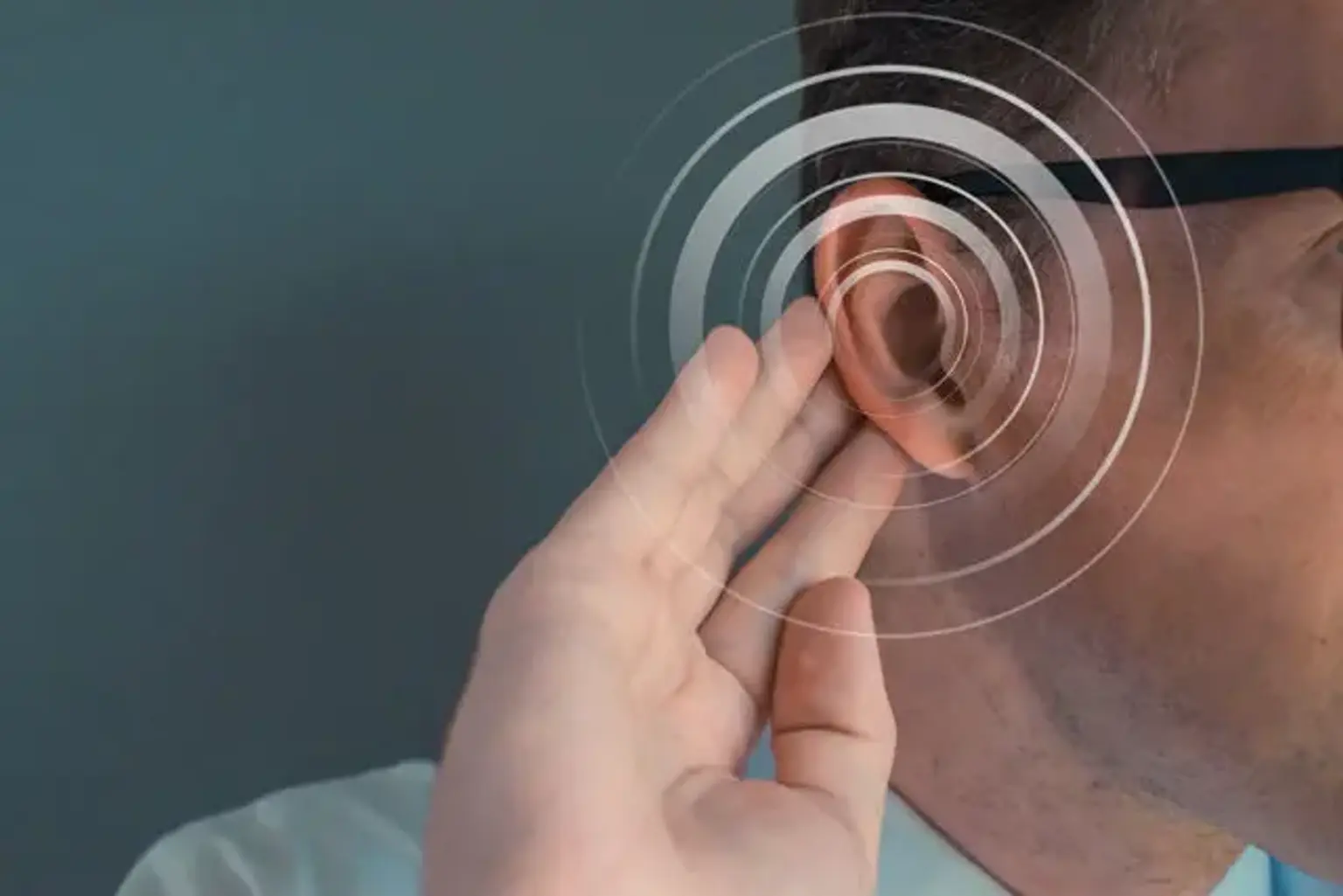Hearing loss
It can be difficult to follow, understand, or even engage in conversations if you have hearing loss. You might also find it challenging to understand what people are saying on TV or the phone. Besides, you could miss out on the soothing, lovely sounds of nature.
Generally, hearing loss can interfere with your capacity to work and even enjoy your full life. It can occur in some people as they get older, although it may impact anyone. Hearing loss can as well affect some newborns (congenital hearing loss). Luckily, particular types of hearing loss can be treated and even prevented.
